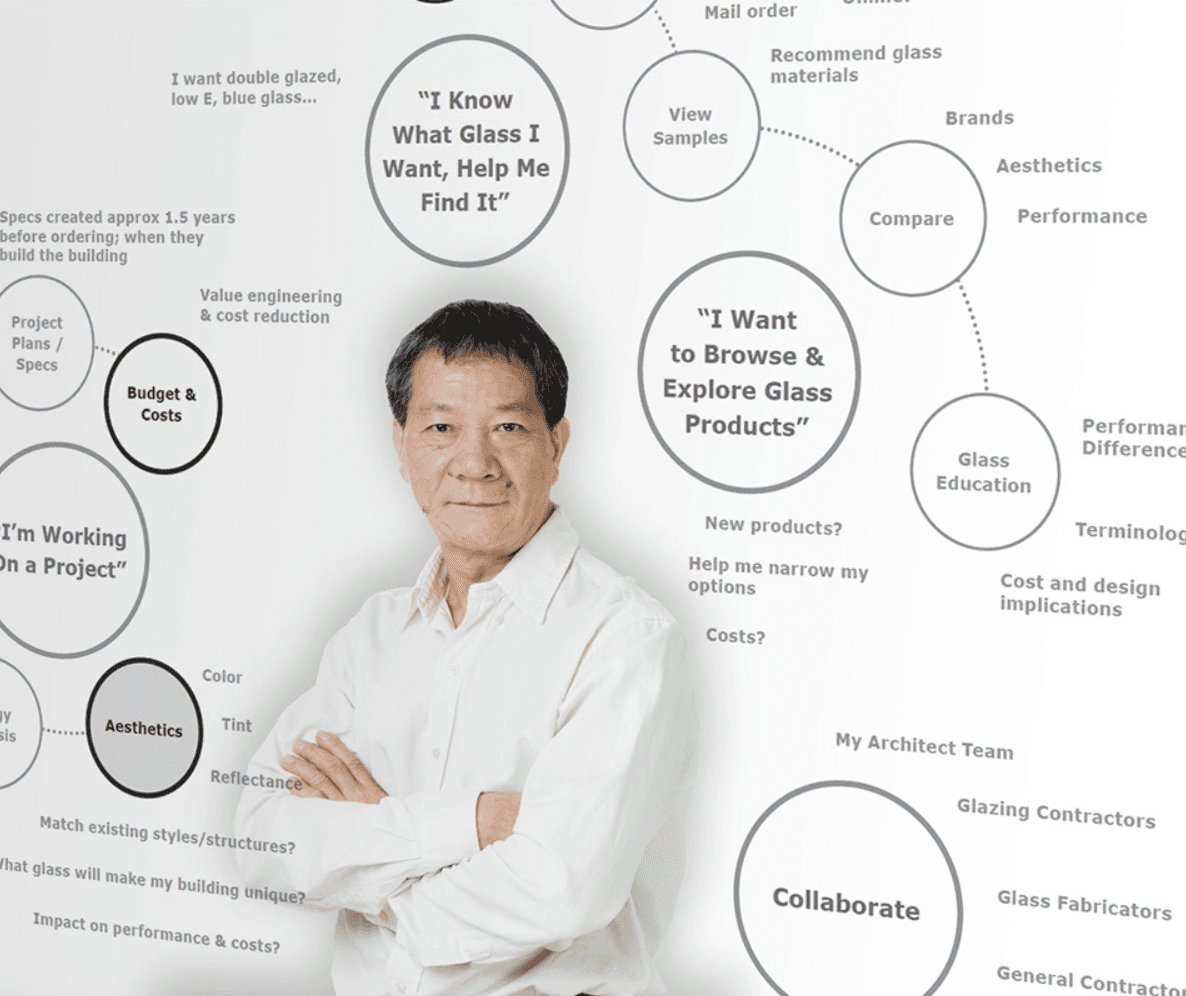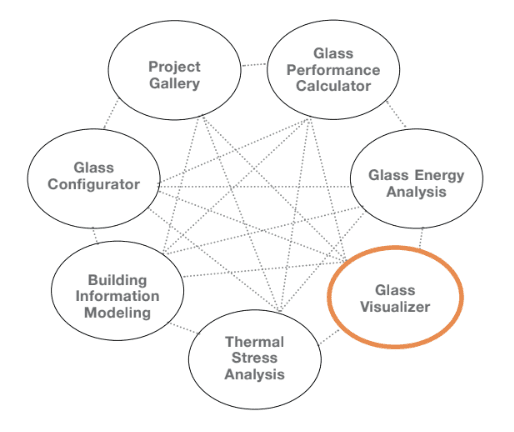Leading North American Glass Producer
Increasing confidence of architects selecting glass for their projects
FIELD RESEARCH
Interviews with customers helped better understand team roles and the information that architects need when selecting glass products
CONCEPT CREATION
Generating high-level UI concepts quickly provides something “real” for customers to react to and provide input
DESIGN SPRINTS
Concepts and capabilities were defined and prioritized for the agile team to design and validate incrementally
Innovative Approach
Used the tablet as the primary platform to model and simulate glass passthrough and reflectance using both the front and rear cameras of the device






Impact
Reduced Sample Costs
Sampling glass products can be done digitally to reduce physical sampling requests
Intergration with Architect Workflows
Glass data was made available for use with Revit so that all project surfaces could be rendered together
Self Service for Window Modeling
Digital tools gave architectural buyers on-demand access to glass data, modeling support and tablet-based simulations
